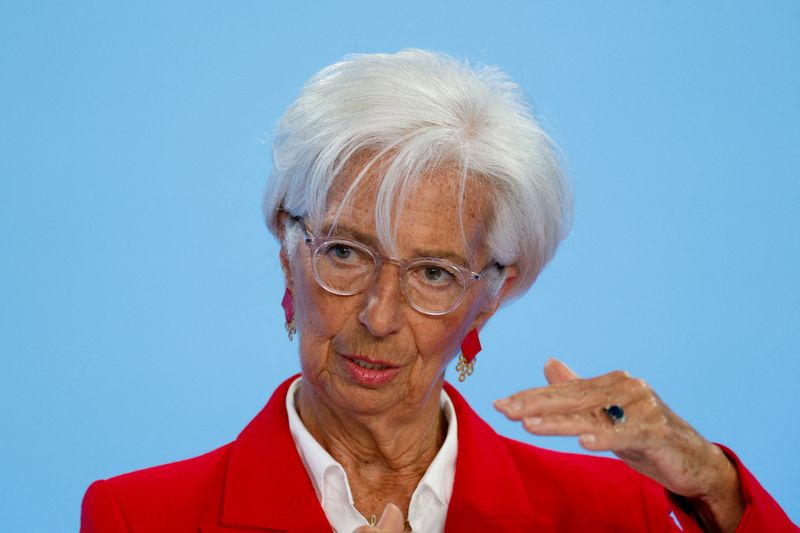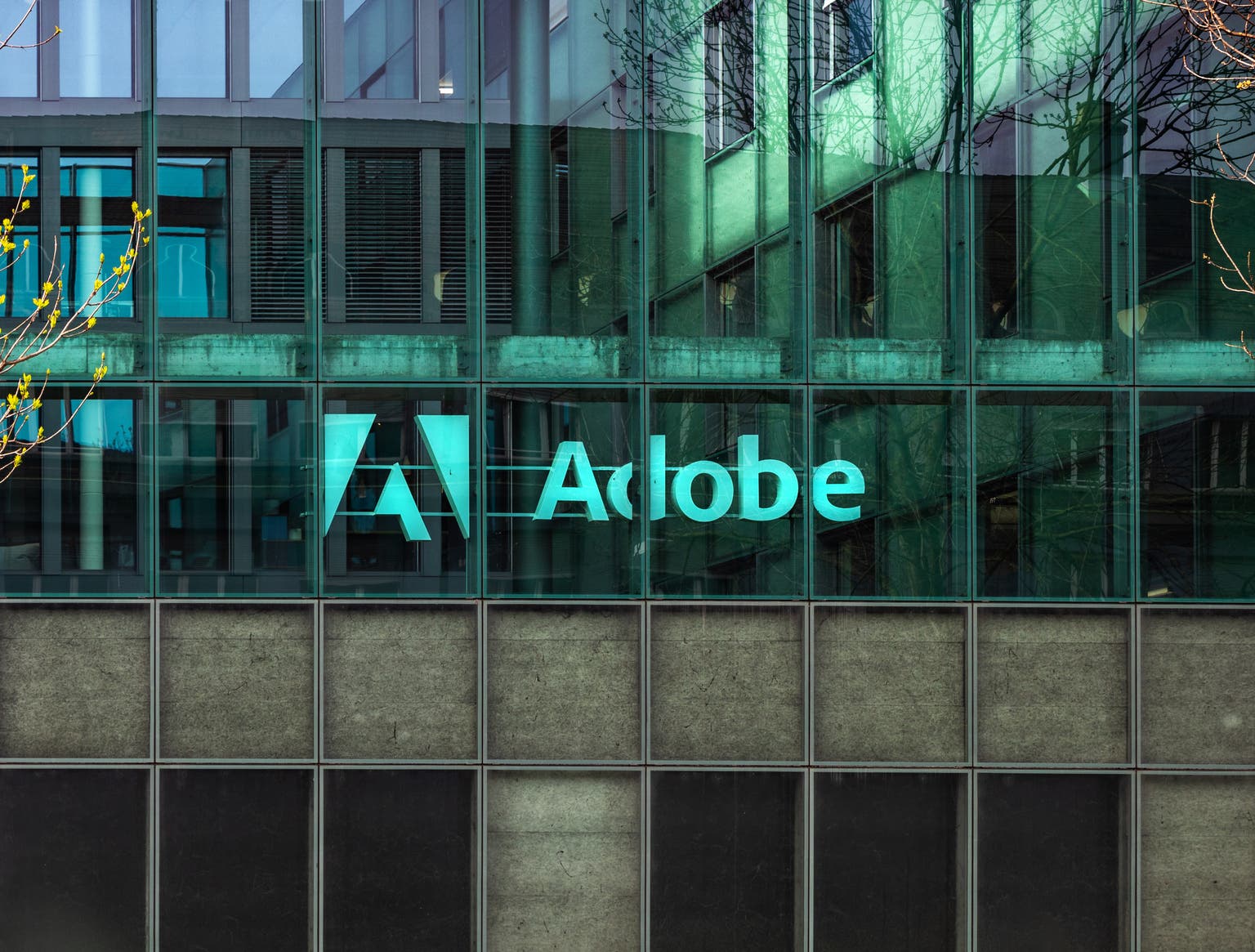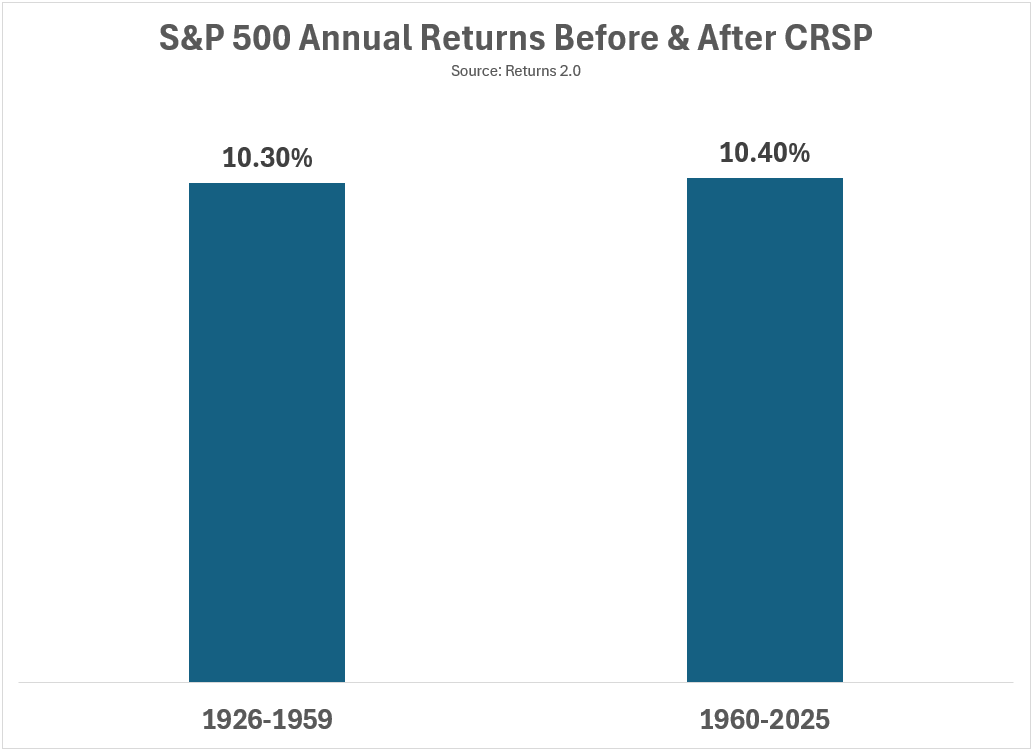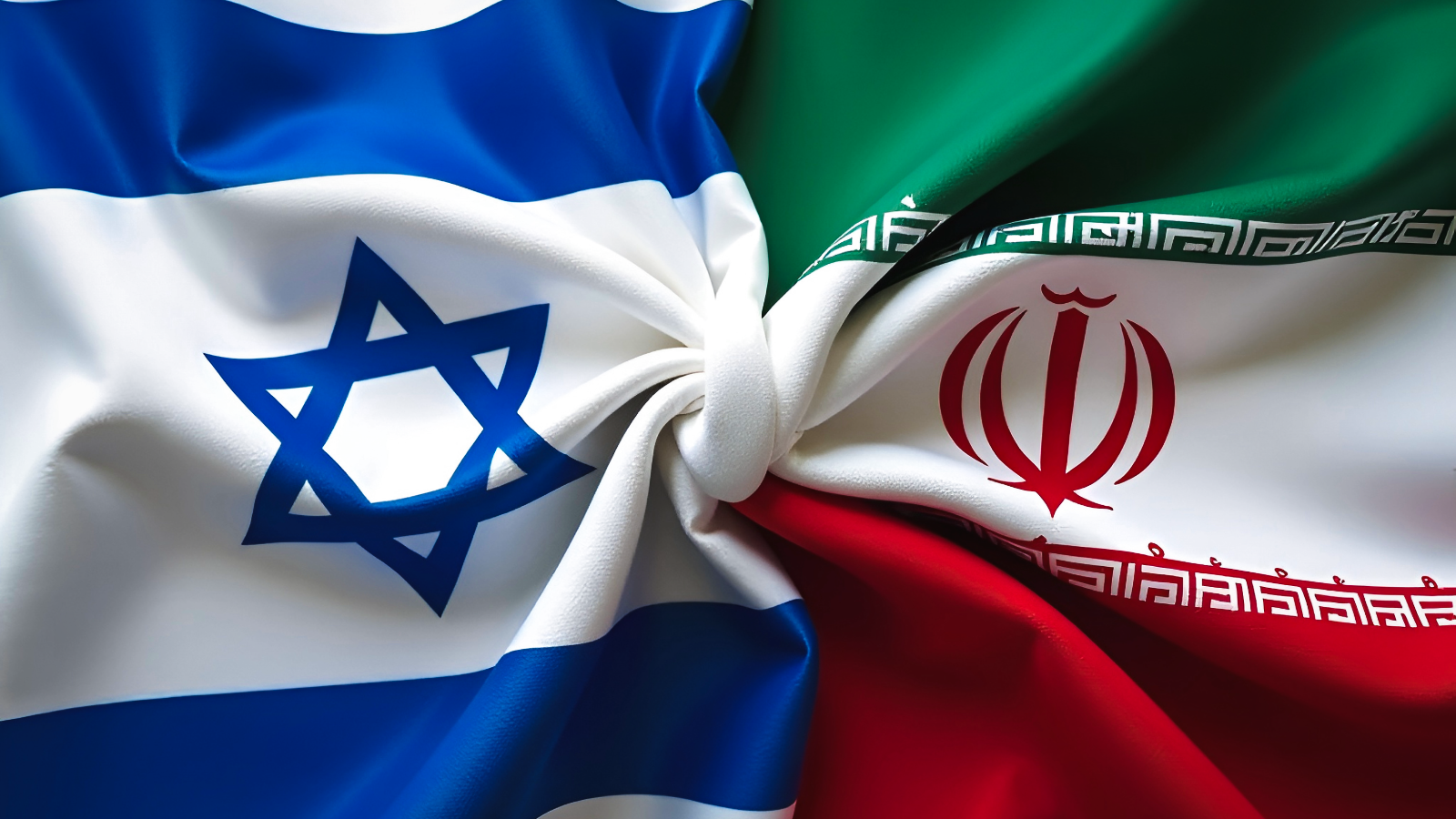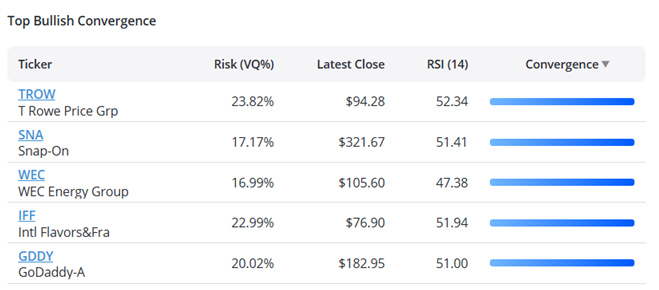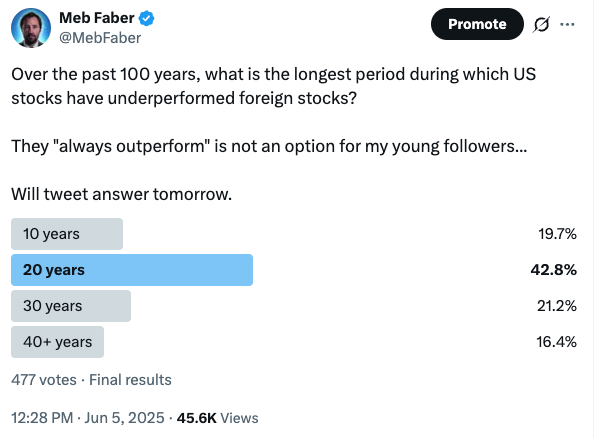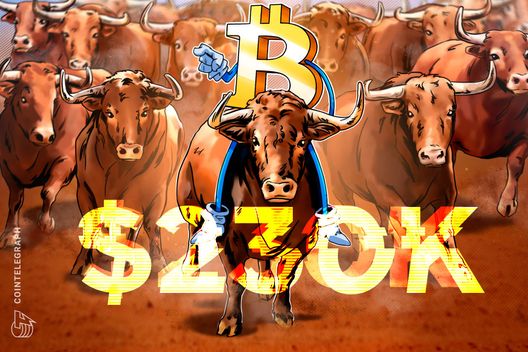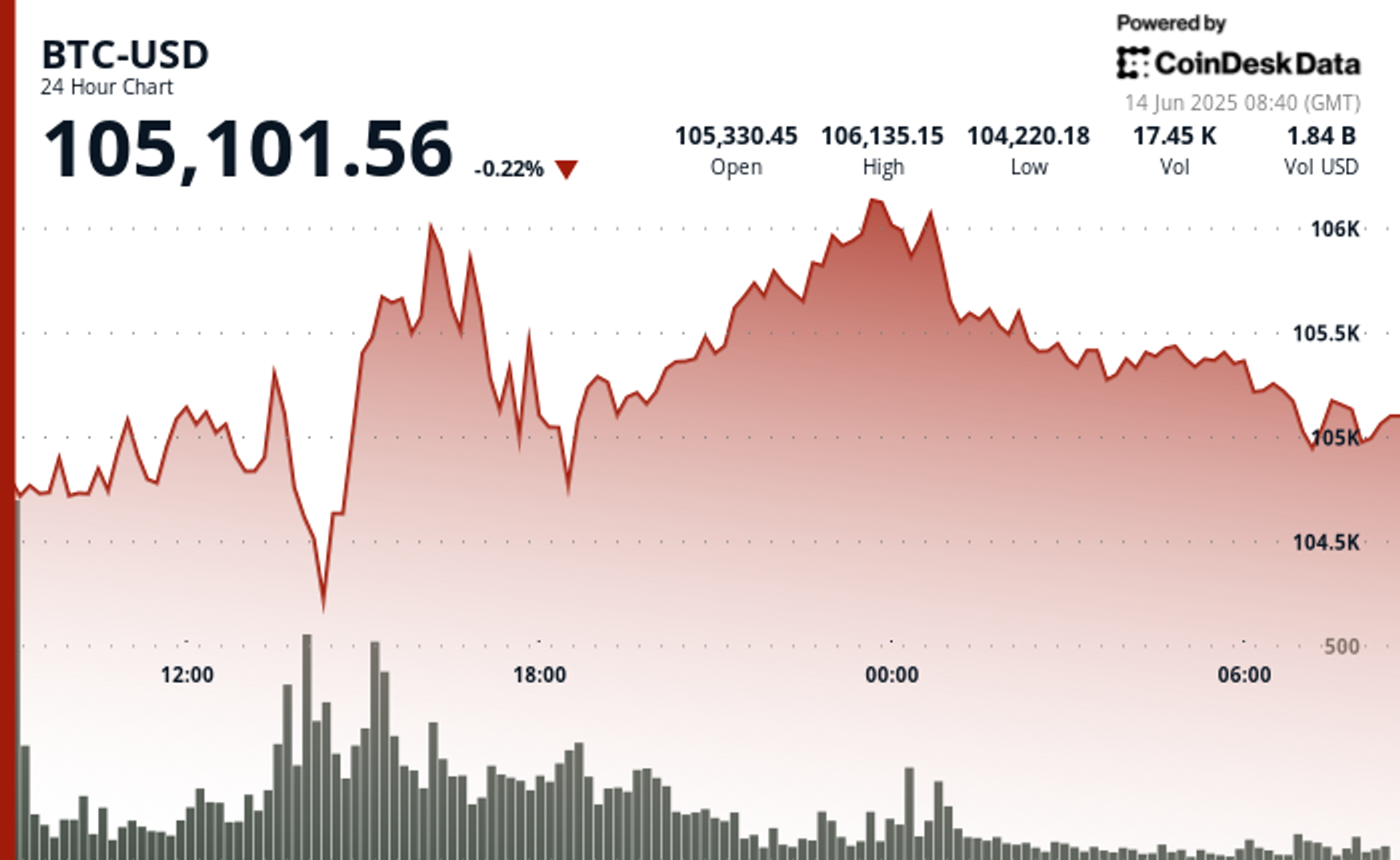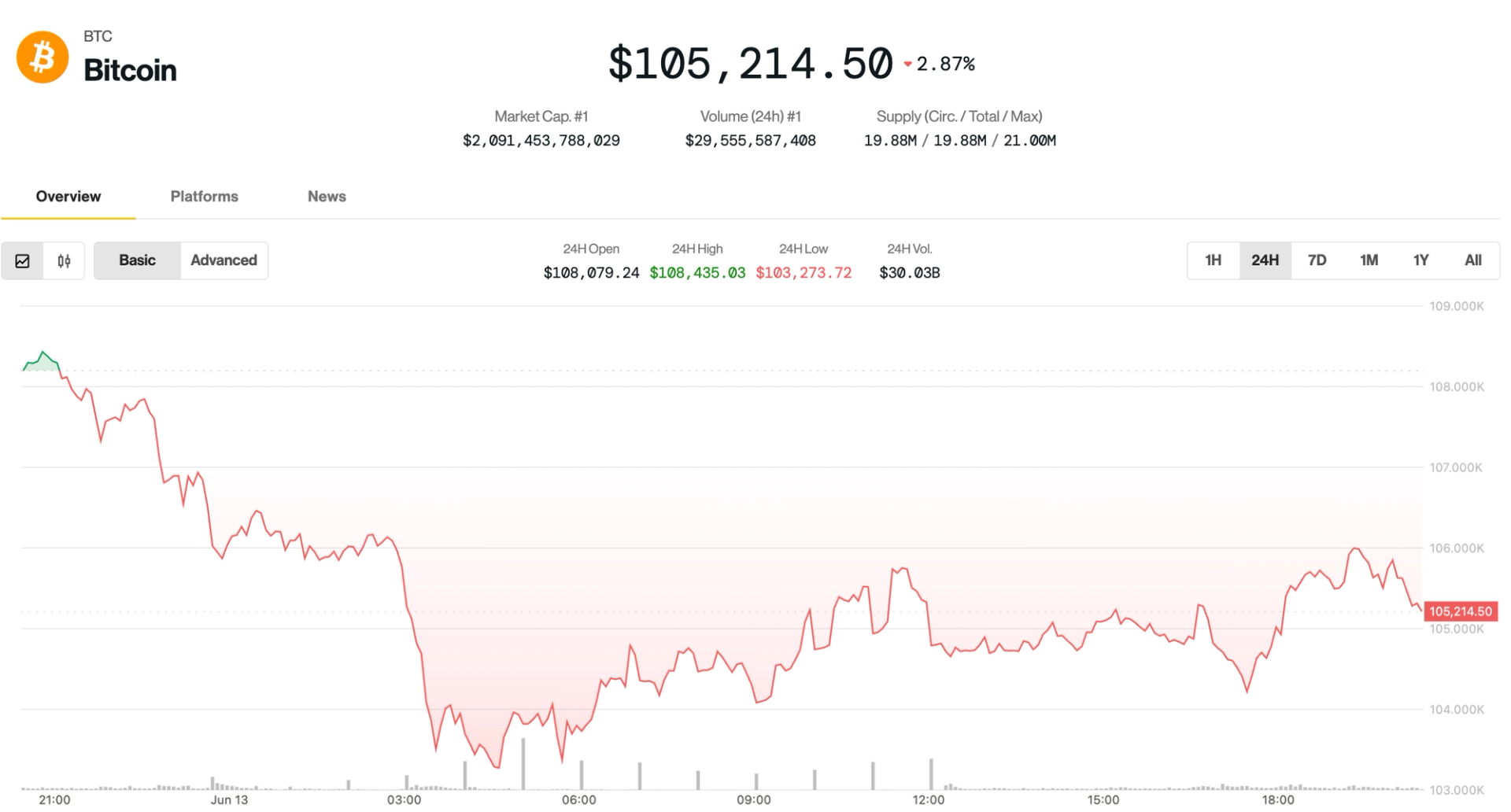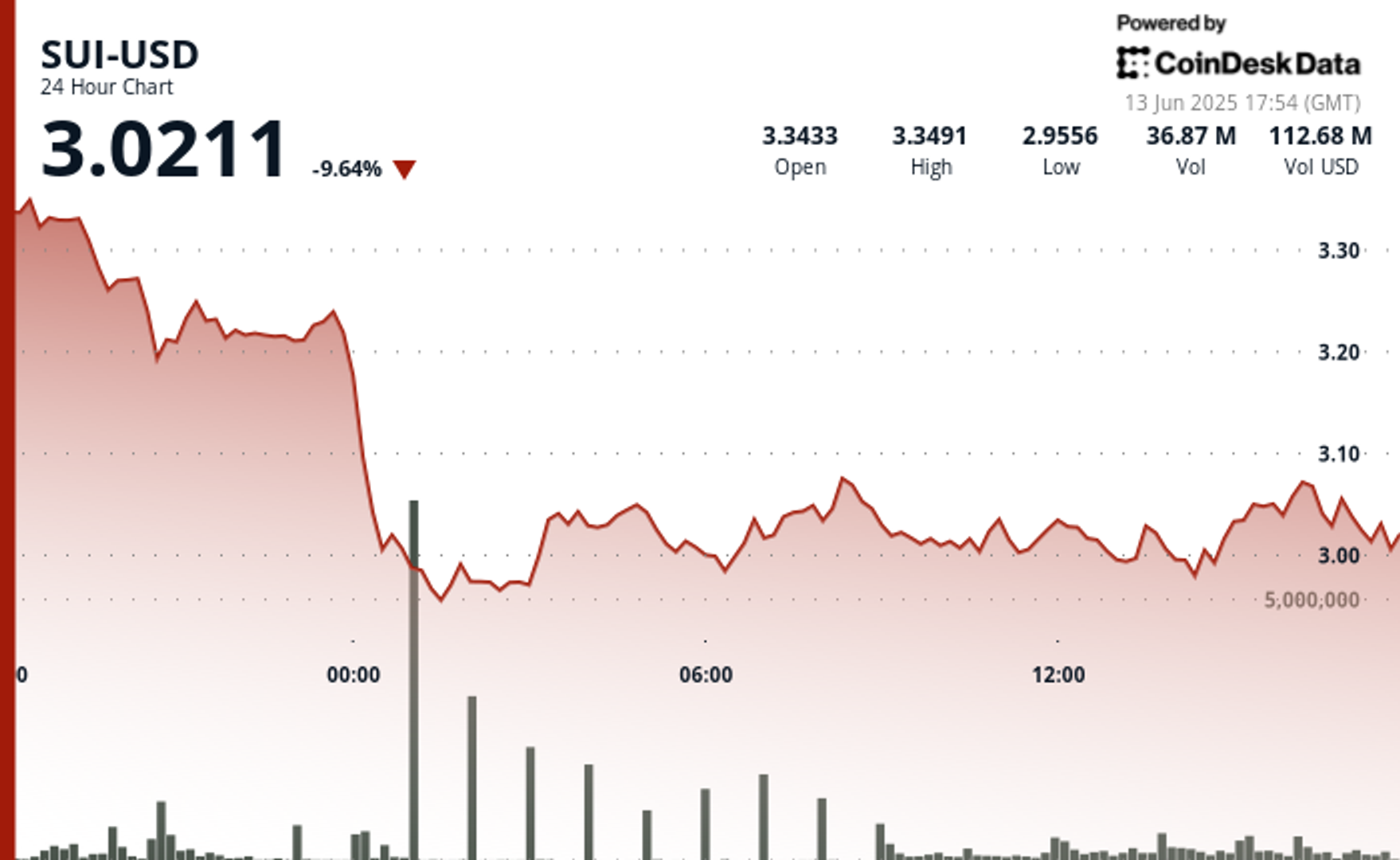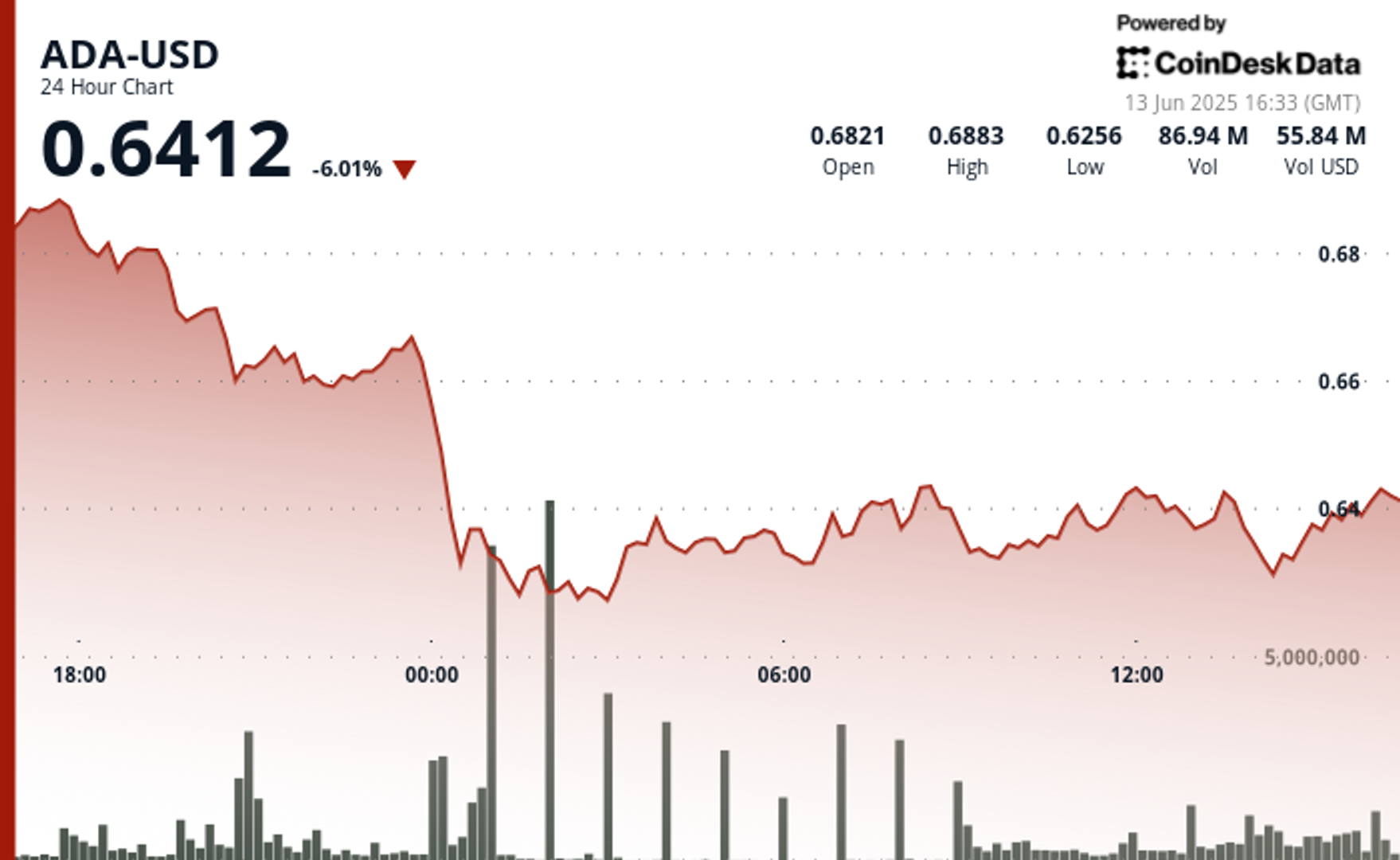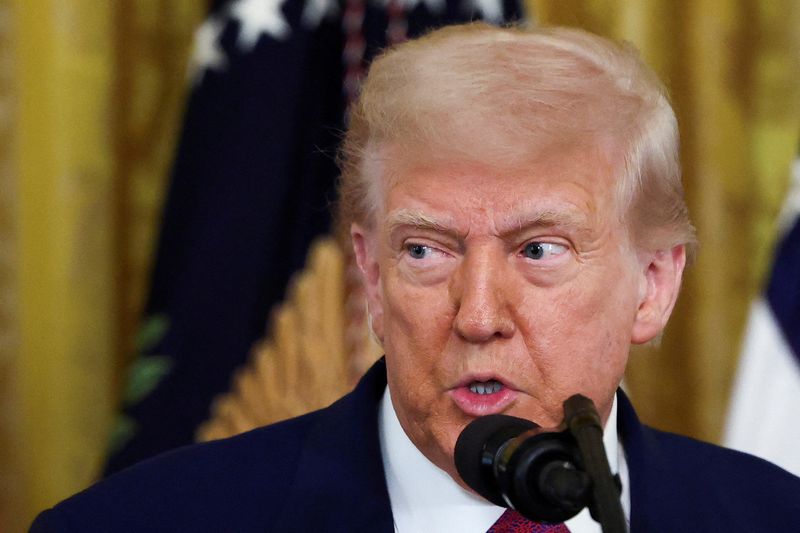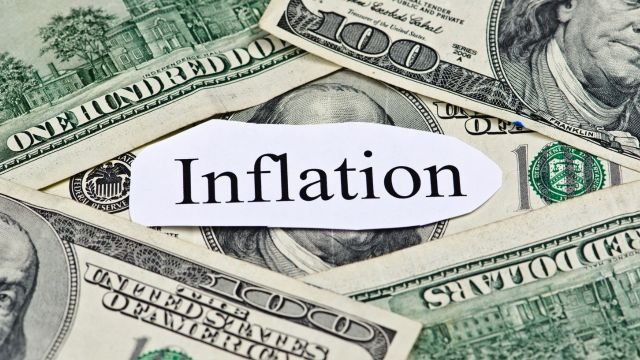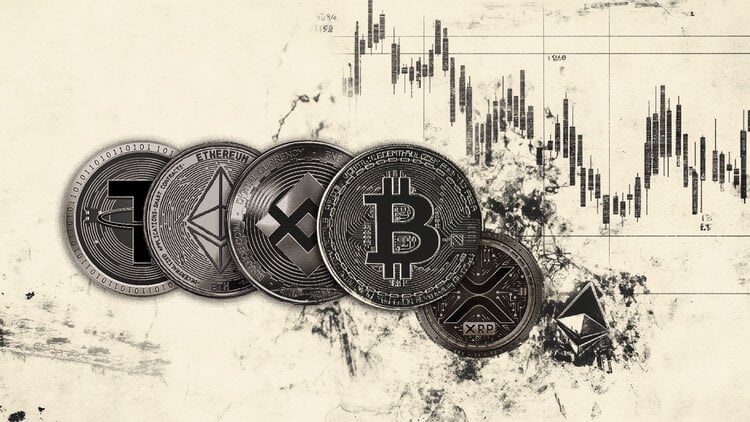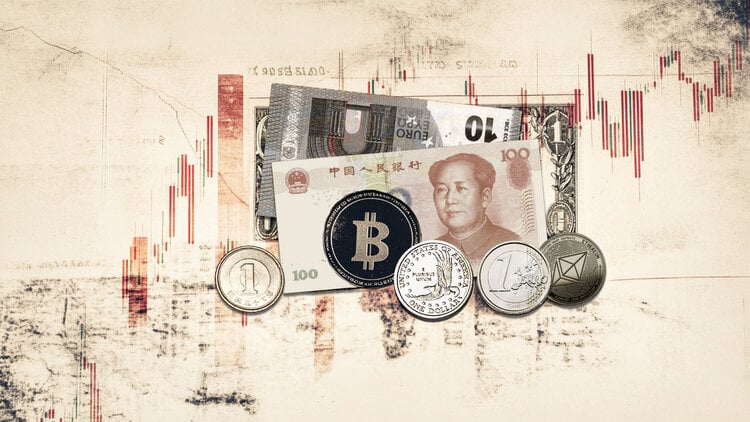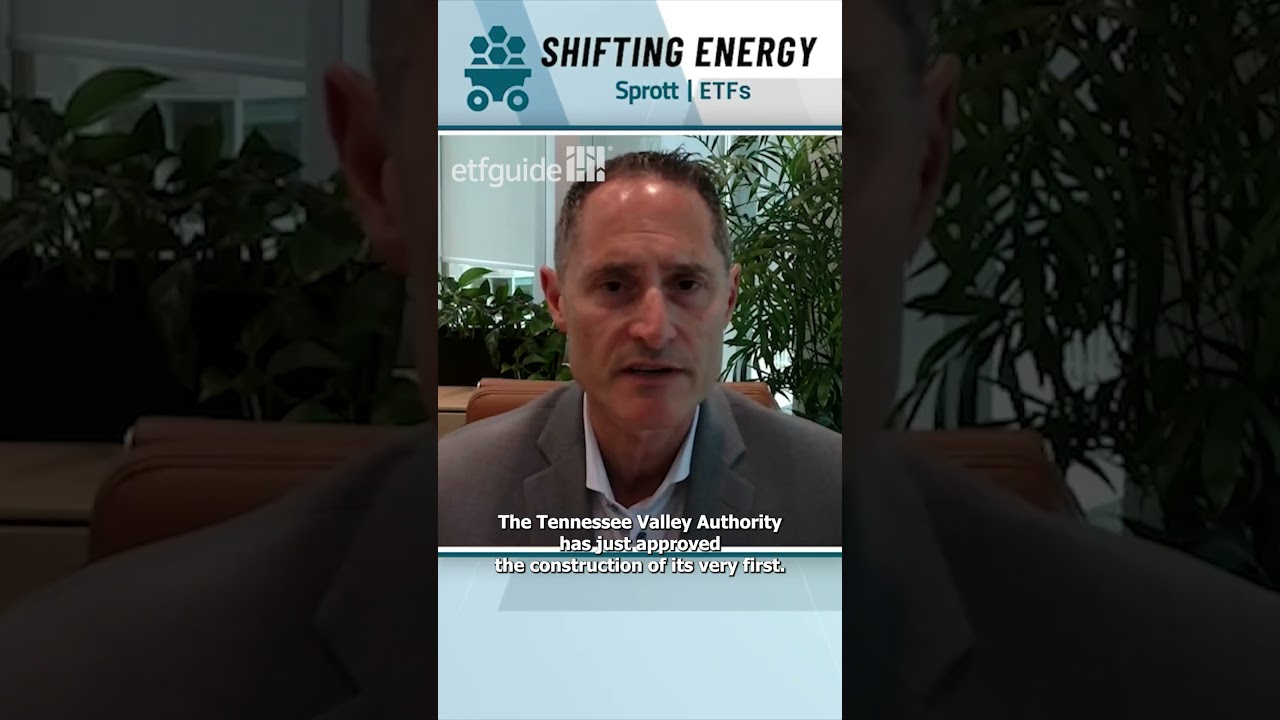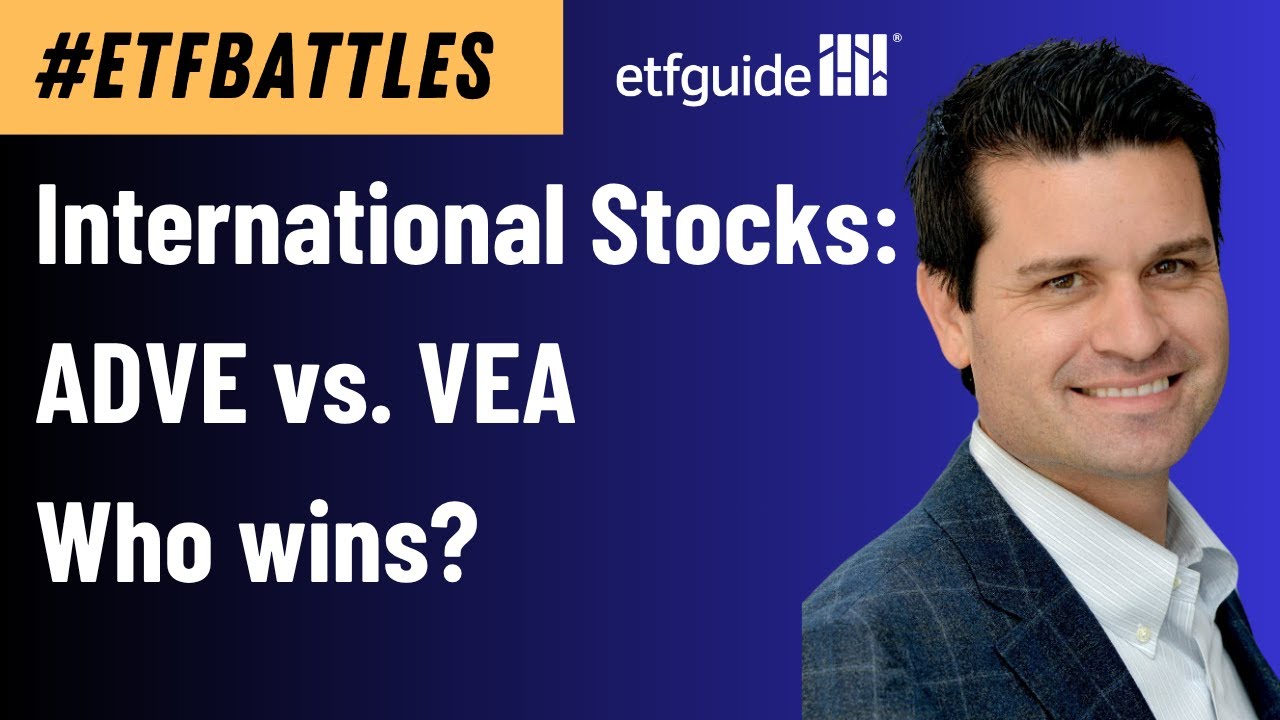QQQI vs. JEPQ: Which ETF is the True Dividend King?
Seven of the top largest S&P 500 stocks by market cap are tech industry companies that have been dubbed “The Magnificent 7” due to their remarkable tandem bull run over the past several years. These stocks are:: Apple, Amazon, Alphabet (Google), Microsoft, Meta Platforms (Facebook), Nvidia, and Tesla. In order to give better focus on […] The post QQQI vs. JEPQ: Which ETF is the True Dividend King? appeared first on 24/7 Wall St..

Key Points
-
The NASDAQ-100 is a volatile index that offers considerable long term upside amidst its intraday turbulence.
-
Use of financial derivatives for both risk mitigation and for potentially larger leveraged gains has become routine in the financial world, especially for QQQI and JEPQ.
-
To qualify as a “Dividend King”, a stock must have a track record of 50 or more consecutive years of dividend increases due to the underlying issuing company’s intrinsic growth. ETF “dividend kings” are metaphorical, but may reference a head to head comparison.
-
Are you ahead or behind on your retirement goals? SmartAsset’s free tool can match you with a financial advisor in minutes to help you answer that today. Each advisor has been carefully vetted and must act in your best interests. Don’t waste another minute – get started by clicking here.(Sponsor)
Seven of the top largest S&P 500 stocks by market cap are tech industry companies that have been dubbed “The Magnificent 7” due to their remarkable tandem bull run over the past several years. These stocks are:: Apple, Amazon, Alphabet (Google), Microsoft, Meta Platforms (Facebook), Nvidia, and Tesla.
In order to give better focus on the tech and other higher growth sectors, which tend to be listed on NASDAQ, the NASDAQ-100 index was created to track the top 100 NASDAQ listed companies that are not in the financial sector, as the tech emphasis also purports to emphasize innovation and new products instead of financial companies, which ostensibly do not.
The launch of Exchange Traded Funds (ETFs) that track the NASDAQ-100 index was a foregone conclusion, and several of them already vie for investor dollars on a daily basis. Two that have exhibited sizable growth but have been able to augment their gains in the form of dividends, are: The NEOS Nasdaq-100 High Income ETF (NASDAQ: QQQI), and the JP Morgan Nasdaq Equity Premium Income ETF (NASDAQ: JEPQ). Ironically, both indexes generate their high yields through strategic innovations that rival those in the tech sector, in terms of their potential to deliver performance enhancements for their assigned tasks.
How QQQI and JEPQ Compare – An Overview
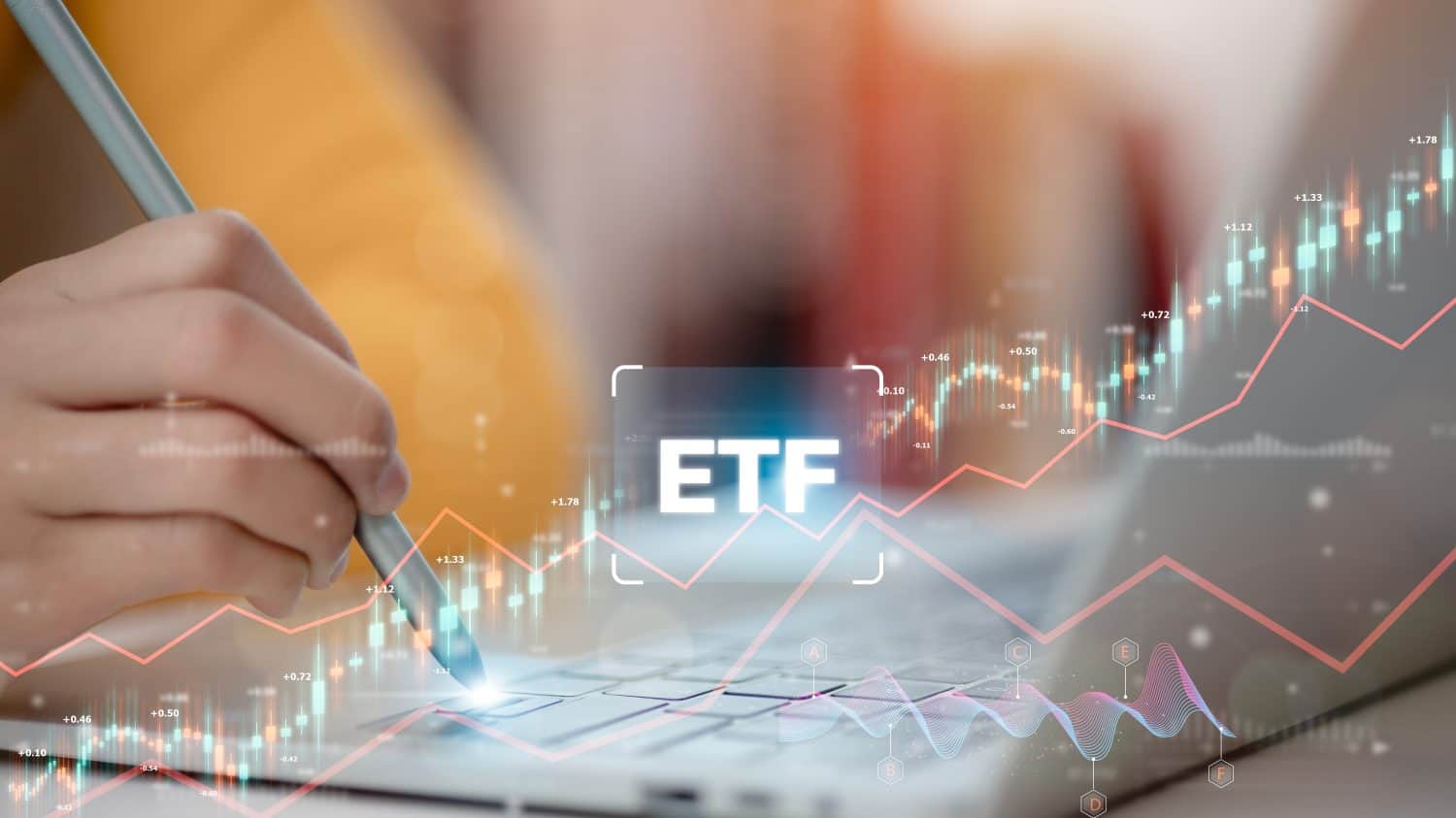
Both ETFs are still relatively young. QQQI only launched in January, 2024 and JEPQ began in May, 2022. The following details are based on market price at the time of this writing:
|
Category |
QQQI |
JEPQ |
|
Yield |
14.55% |
11.28% |
|
Net Assets |
$1.76 billion |
$26.27 billion |
|
Average Daily Volume |
970,269 shares |
7.29 million shares |
|
Expense Ratio |
0.68% |
0.35% |
|
Beta |
0.00 |
0.83 |
|
52-week range |
41.17-54.47 |
44.31-58.54 |
|
1-year return |
14.37% |
7.69% |
|
1-year trailing return |
15.24% |
8.49% |
|
3-year return |
n/a |
14.40% |
|
Largest Hedge Fund Holder |
Second Half Financial Ptnrs |
Fisher Asset Mgmt. |
|
Sector Weighting #1 |
Technology – 52.41% |
Technology – 51.41% |
|
Sector Weighting #2 |
Communication Svc – 16.09% |
Communication Svc – 15.90% |
|
Sector Weighting #3 |
Consumer Cyclical – 12.85% |
Consumer Cyclical – 14.60% |
JEPQ Top 5 Holdings
|
Symbol/Exchange |
Company |
Percentage |
|
MSFT |
Microsoft Corp. |
7.49% |
|
NVDA |
Nvidia Corp |
7.35% |
|
AAPL |
Apple, Inc. |
6.47% |
|
AMZN |
Amazon |
4.92% |
|
GOOG |
Alphabet Class C |
3.99% |
QQQI Top 5 Holdings
|
Symbol/Exchange |
Company |
Percentage |
|
MSFT |
Microsoft Corp. |
8.61% |
|
NVDA |
Nvidia Corp |
8.30% |
|
AAPL |
Apple, Inc. |
7.59% |
|
AMZN |
Amazon |
4.87% |
|
AVGO |
Broadcom |
4.74% |
Strategic Differences

Both JEPQ and QQQI utilize option strategies to artificially create dividends for their shareholders. However there are both mechanical and risk/reward differences in their respective approaches.
JEPQ uses Equity Linked Notes (ELNs), which are synthetic financial products created by financial institutions, and are linked to a particular index or stock. ELNs usually have a call option attached to a principal protection component, and can be likened to a short-term zero-coupon bond with a maturity of no longer than a few months. The returns on the ELN are linked to the underlying index or stock. Additionally, most, if not all ELNs are purchased directly from the issuer and held to maturity. There is no secondary market for ELNs.
JEPQ manager Hamilton Reiner staggers one-month calls into multiple weekly buckets, then diversifies the expiration dates and strike prices. However, Reiner conducts this strategy with purchases of ELNs that give the JEPQ exposure to the profits on those call options, without the risk of any of the top tech stock holdings being subject to calls if the market takes off and the calls go in-the-money.
Conversely, QQQI also utilizes a covered call strategy, in addition to out of the money call purchases to augment upside gains. QQQI writes their covered calls directly against the NASDAQ-100 index up to 100% of the equity value of total QQQI holdings. The fund then uses a portion of their covered call premium income to purchase out of the money call options. This give it the following result scenarios:
- If the market ends relatively flat, QQQI has kept the premium income minus the cost of the out of the money options.
- If the market jumps up, the underwritten covered call is already hedged against stocks, but QQQI can take profit on the out of the money call that ostensibly would be in the money due to the jump.
Overall Analysis and The King of the Hill In This Competition

Selling covered calls is considered a viable strategy to mitigate volatility and take advantage of market volatility, which usually means increased delta and subsequently larger premiums. However, there is a reason why there is a sizable enough market on the buy side – there are enough people who think the option will increase in value. However, selling calls can limit interim upside, especially if the goal is for the option to expire worthless so the same underlying securities can cover another call writing opportunity next month.
President Thomas Jefferson was once quoted, “ With risk comes great reward.” QQQI’s superior yield is a testament to the reward from being more aggressive and taking on more risk than JEPQ. However, with only slightly over 1 years’ worth of trading history and returns from which to judge, QQQI may be the dividend “king of the hill” only for the moment. Whether a consistent track record can be built or not on the QQQI strategy model, which needs to be actively managed by their presumably disciplined managers, remains to be seen.
Since both companies’ dividends are artificially created through trading against market volatility, as opposed to intrinsic enhanced value through a business, the ability for JEPQ and QQQI rests solely on skill and knowledge of its managers. If they can first reach Dividend Aristocrat status (25 or more years of consecutive, annual dividend increases), then perhaps a hypothetical Dividend King discussion (50 consecutive years or more of dividend increases) can be had.
The post QQQI vs. JEPQ: Which ETF is the True Dividend King? appeared first on 24/7 Wall St..




